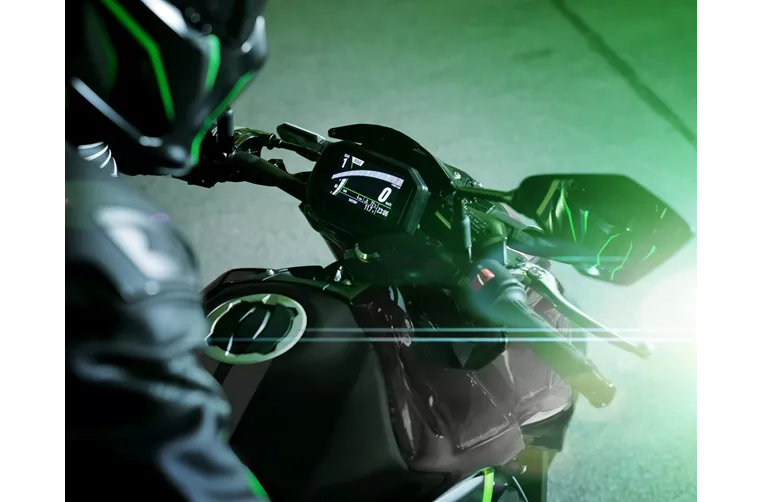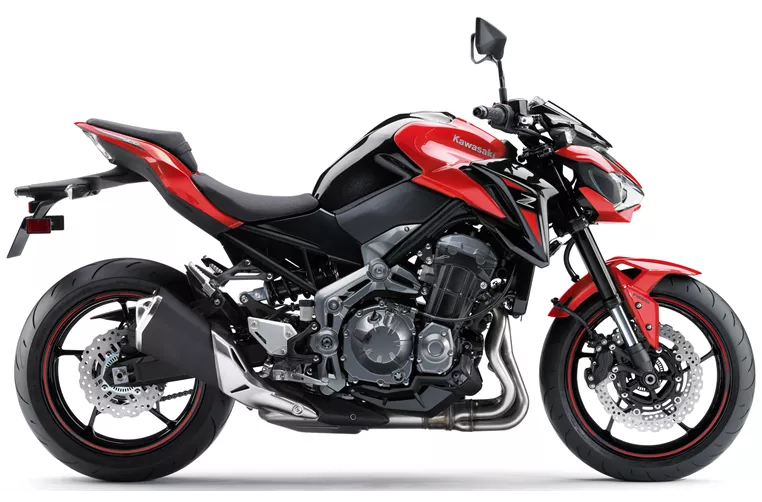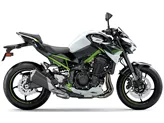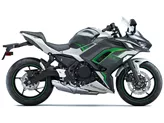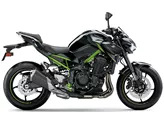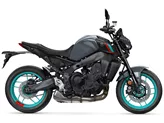Kawasaki Z900 2023 vs. Kawasaki Z900 70kW 2018
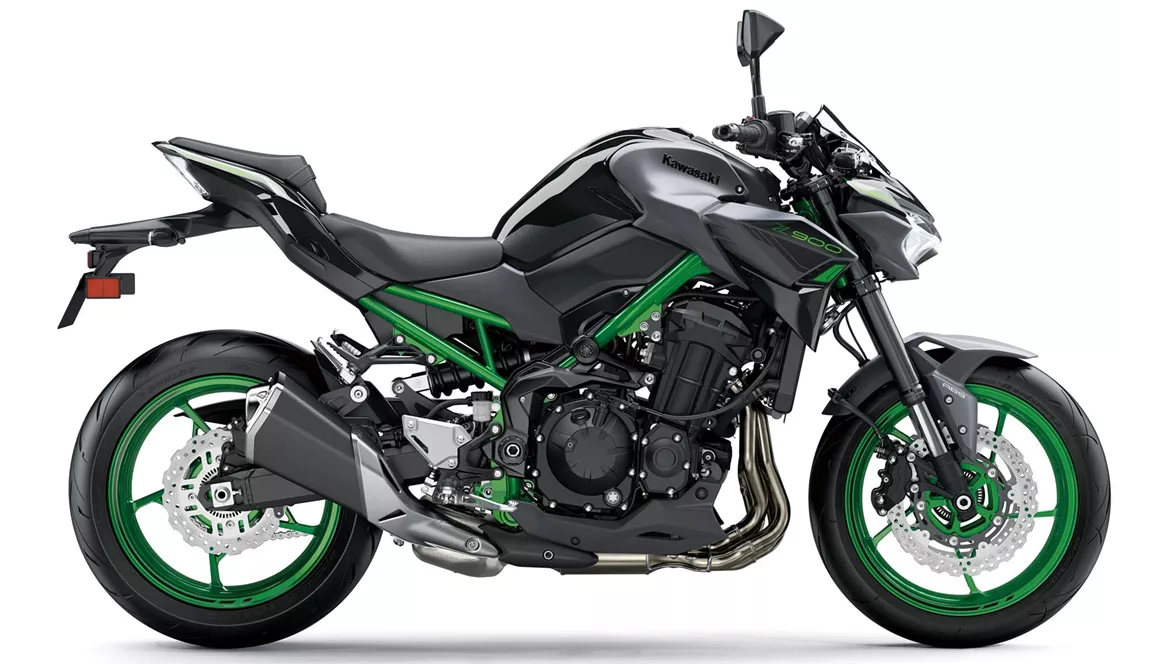
Kawasaki Z900 2023
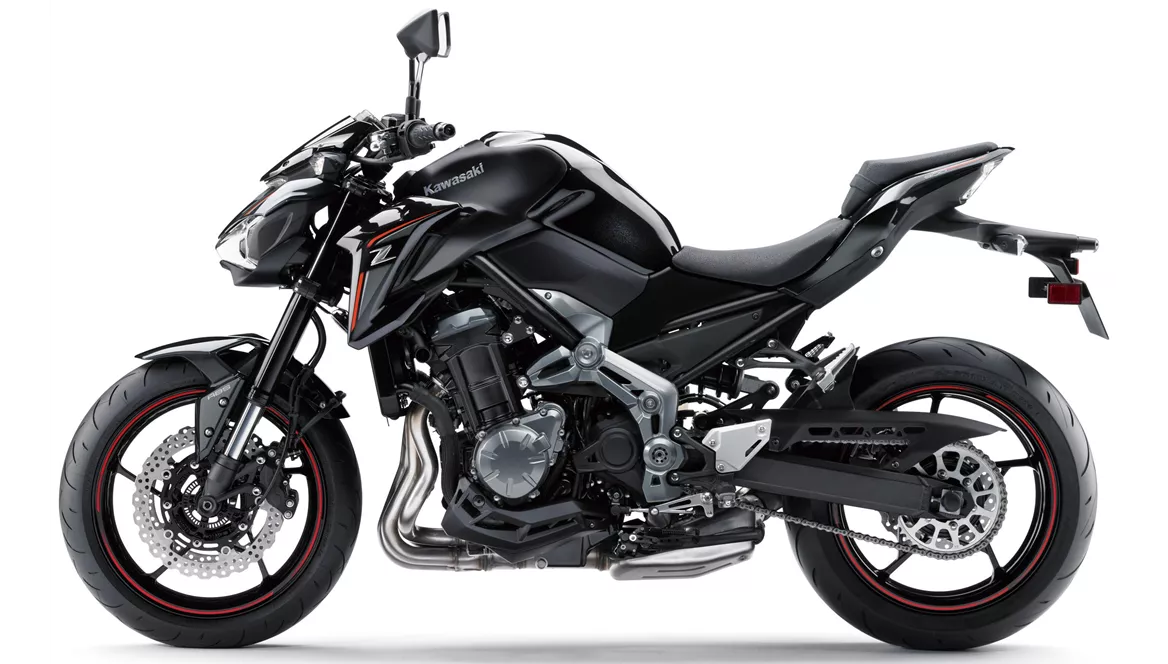
Kawasaki Z900 70kW 2018
Overview - Kawasaki Z900 2023 vs Kawasaki Z900 70kW 2018
The Kawasaki Z900 model year 2023 and the Kawasaki Z900 70kW model year 2018 are both naked bikes with similar technical specifications. They both have an in-line engine with a displacement of 948ccm, liquid cooling, and fuel injection systems. They also have the same suspension setup, with upside-down telescopic forks at the front and a swing arm with a monoshock at the rear. The frame of both bikes is made of steel and has a double cradle design.
However, there are some notable differences between the two models. The Kawasaki Z900 2023 has a more powerful engine, with 125 HP compared to the 95 HP of the Kawasaki Z900 70kW 2018. It also has a higher torque of 98.6 Nm, compared to the 91.2 Nm of the 2018 model. This results in a smoother and more powerful performance from the 2023 model.
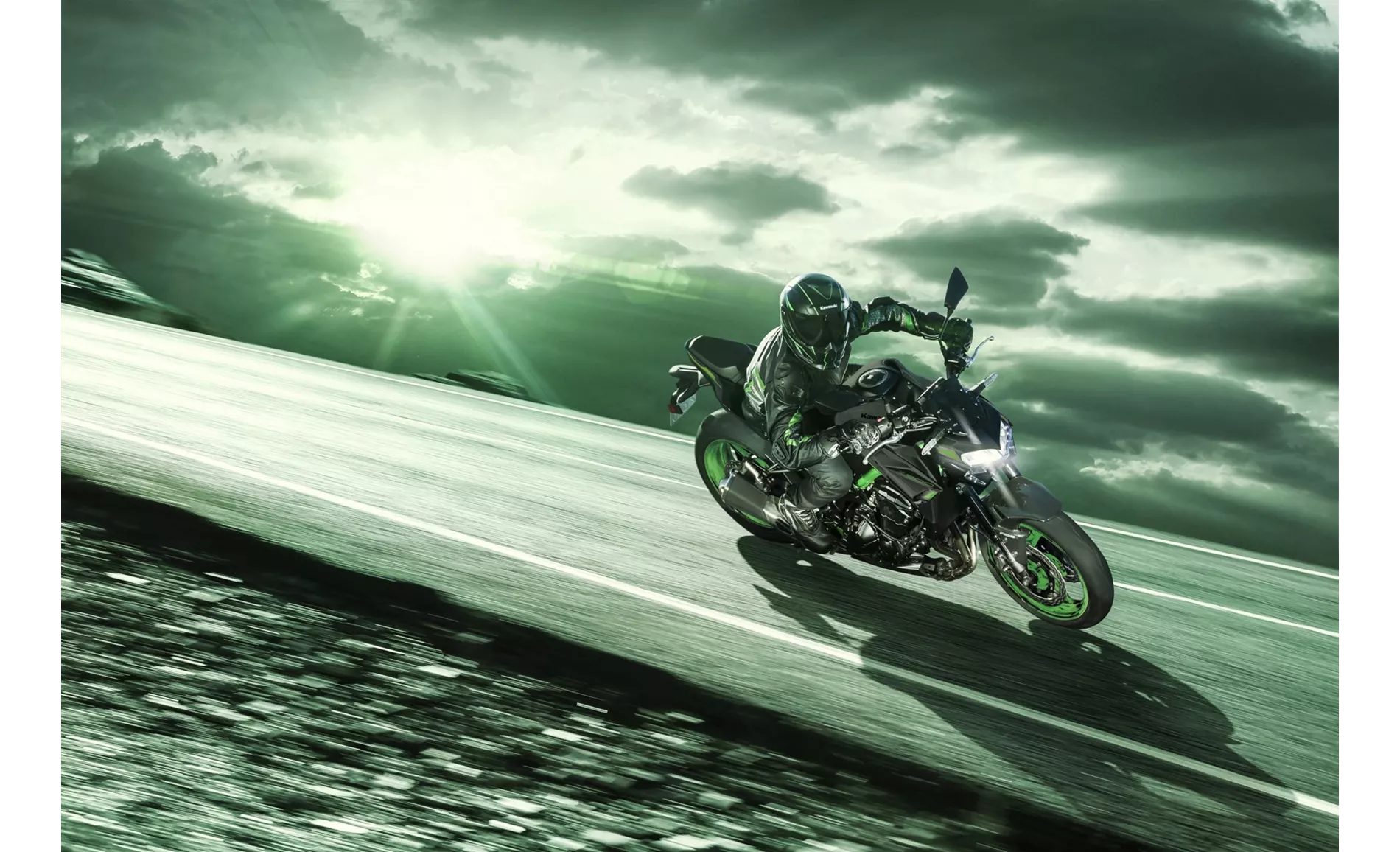
Kawasaki Z900 2023
In terms of braking, both models have double disc brakes at the front with a diameter of 300mm and four-piston calipers. They also both have ABS as part of their advanced rider assistance systems. However, the 2023 model also includes additional features such as riding modes, ride by wire, and traction control, which are not present in the 2018 model.
In terms of dimensions and weights, both models have the same front and rear tire widths and diameters, as well as the same wheelbase and seat height. However, the 2023 model weighs slightly more, with a kerb weight of 212 kg compared to the 210 kg of the 2018 model.
When it comes to strengths, the Kawasaki Z900 2023 is praised for its light and natural handling, high stability, and silky engine with full pull from low revs. It also offers a great seating position with a feel-good factor and is considered to be priced fairly. On the other hand, the Kawasaki Z900 70kW 2018 is praised for its smooth engine with punch at around 6000 rpm, finely controllable brakes, and good handling. It is also stable at motorway speeds and is well-suited for city traffic.
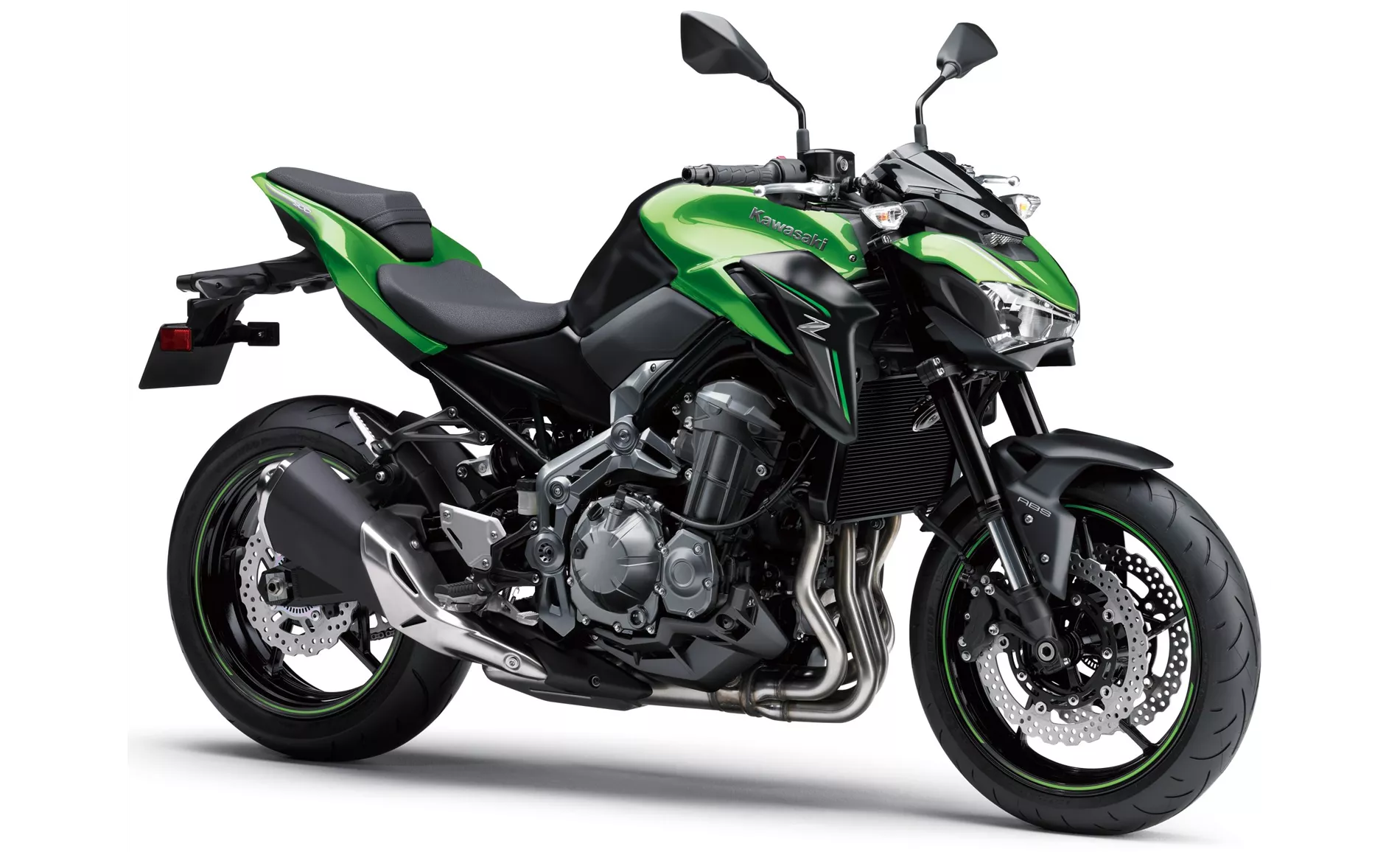
Kawasaki Z900 70kW 2018
In terms of weaknesses, the Kawasaki Z900 2023 is criticized for its relatively cumbersome menu operation and the lack of slope-dependent assistance systems. It is also noted to have a high weight. The Kawasaki Z900 70kW 2018, on the other hand, is considered quite small for tall people and has a rather high weight of 210 kg. The acceleration of the 2018 model is also noted to be poor due to its lower power output.
Overall, the Kawasaki Z900 2023 offers a more powerful and advanced riding experience compared to the Kawasaki Z900 70kW 2018. It has additional features and improvements that make it a more attractive option for riders looking for a high-performance naked bike.
Technical Specifications Kawasaki Z900 2023 compared to Kawasaki Z900 70kW 2018
Pros and Cons in comparison
Pros and Cons in comparison
Kawasaki Z900 2023
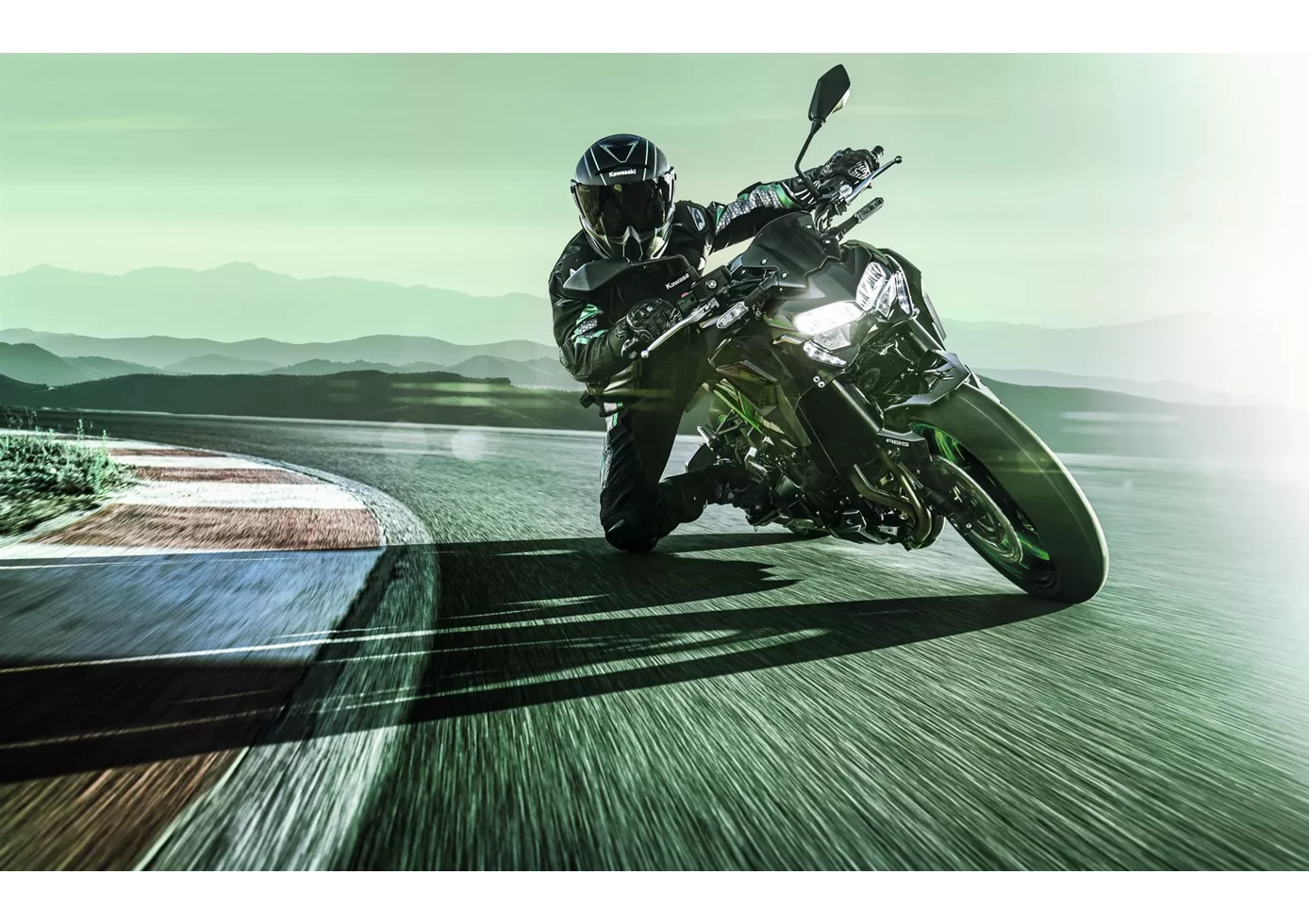
The Kawasaki Z900 may not be up to scratch when it comes to modern, lean angle-dependent electronic features, but it's relatively cheap and you shouldn't underestimate the fan base of the good old inline four - the Z900 is one of the cheapest ways to own such a great engine with just under a litre of displacement in a sporty naked bike! The higher weight is noticeable, but not massively annoying, because the handling and stability are quite alright. In terms of "outdated" electronics, the most annoying thing is the missing shift assistant, which is not even available as an option. Overall, however, the Z900 is a great naked bike with a great price-performance ratio.
Kawasaki Z900 70kW 2018

The Z900 is a top entry-level motorbike. Very smooth engine, great brakes and lots of adjustment options on the chassis and levers. The acceleration may be too good for speed junkies, but it's just right for learning. The lack of electronic gimmicks, riding modes and traction control doesn't bother either, but makes the Z900 a good bike to learn the basics of two-wheeled locomotion. A high-quality purist, a real motorbike, even with only 48 hp!
Price Comparison Avarage Market Price Kawasaki Z900 vs Kawasaki Z900 70kW
There are a few key differences between a Kawasaki Z900 2023 and a Kawasaki Z900 70kW 2018. In terms of price, the actual average price of a Kawasaki Z900 2023 is about 18% higher. Compared to Kawasaki Z900 70kW 2018 there are more Kawasaki Z900 2023 bikes available on the 1000PS.de Marketplace, specifically 187 compared to 5. It takes less time to sell a Kawasaki Z900 with 122 days compared to 194 days for a Kawasaki Z900 70kW. Since model year 2017 1000PS.de editors have written 46 reviews for the Kawasaki Z900 and 10 reviews for the Kawasaki Z900 70kW since model year 2018. The first review for the Kawasaki Z900 was published on 11/11/2016 and now has more than 93,200 views. This compares to more than 104,300 views for the first review on Kawasaki Z900 70kW published on 23/11/2018.
